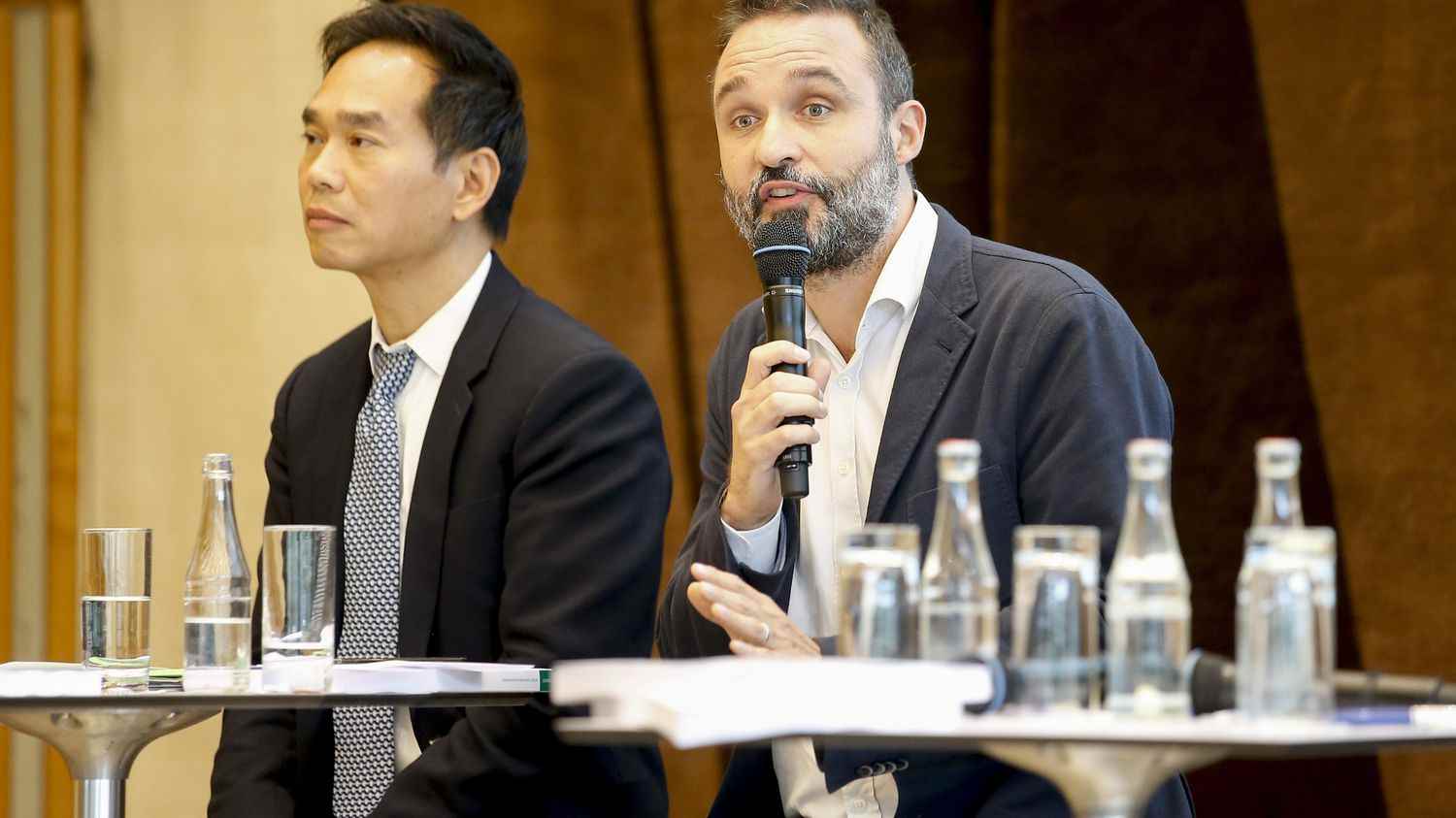“It’s two billion [d’euros] that will have to be used intelligently” warns Friday June 24 on franceinfo Benoît Leguet, director of the Institute of the economy for the climate. According to a report by the institute published on Thursday, France should invest 2.3 billion euros each year for its policy of adaptation to climate change.
franceinfo: Does this report mean that climate change is irreversible, and that we must prepare for it rather than try to avoid it?
Benoit Leguet: we will have to both reduce our greenhouse gas emissions and reduce them, for France, to zero by 2050. That is to avoid the unmanageable. And then, we will have to manage the consequences of climate change which are already there and which will be there even if we reduce our greenhouse gas emissions to zero by 2050, but which will still be “manageable” if we brings emissions to zero quickly.
We are talking about more than 2 billion euros per year. What would they be used for?
Two billion euros a year… to start with. In fact, it is two billion that we are going to have to use intelligently to ensure that all the investment choices we are going to make in the coming years, whether in infrastructure, transport, housing, urban planning, for example, are both compatible with a carbon-neutral France, but also compatible with a changing climate. It is therefore a few billion euros that we will have to put in more to ensure that all the investments, the tens, even the hundreds of billions of euros of investments that we are going to make in these infrastructures, in these urban developments, are adapted to the climate of tomorrow.
In fact, it’s really a few billion to avoid badly investing a few hundred billion. We really quantified these operations. We will have to think about how we integrate adaptation into investment decisions. So that means facilitation, coordination, adaptation policies. This means strengthening prevention mechanisms, such as flood alerts, etc. It also means supporting the territories and the different actors who want to implement adaptation strategies and helping them to understand the different risks, the different vulnerabilities.
Concerning the rise in temperatures, for example, is there something to be done?
Yes of course. For example, when we construct buildings, it is not only a question of making them winter-friendly, that is to say low energy consumers, they must also be made summer-friendly. It must be said that the climate that these buildings will have to undergo, for example housing, will not be quite the one we know today. And so in a heat wave situation, how do we make buildings, housing, which are still habitable, livable? There too, we will have to work. There will certainly be an additional cost to ensure that these buildings are adapted.
There is a solution, it is the generalization of air conditioning. But won’t that help?
With the generalization of air conditioning, we are typically in what is called “mal-adaptation”. If we air-condition, we will increase the need for energy. And so, this energy, it will have to be produced. This risks emitting greenhouse gases. In fact, it is necessary to find solutions that adapt “for real” and that do not aggravate a problem elsewhere. Air conditioning, for example, is not the solution. It may be more in the construction of buildings, in urban planning. To give you a very concrete example: a schoolyard, if you want it to be cooler, you have to vegetate it and demineralize it. In my opinion, it may have priority over air conditioning.
